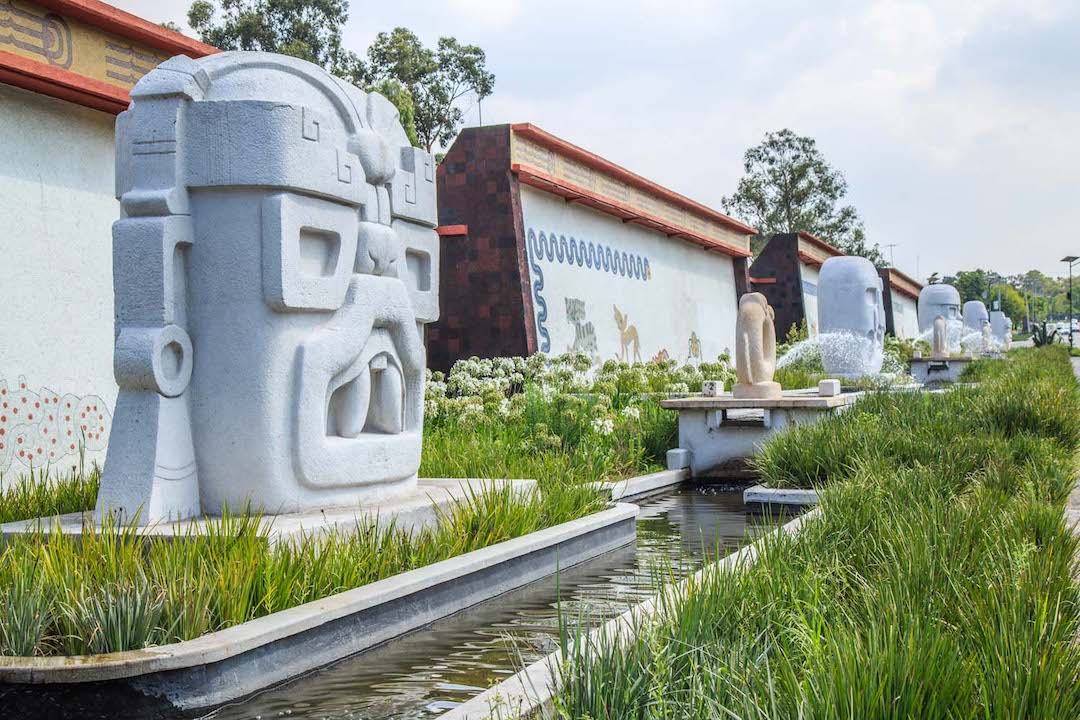
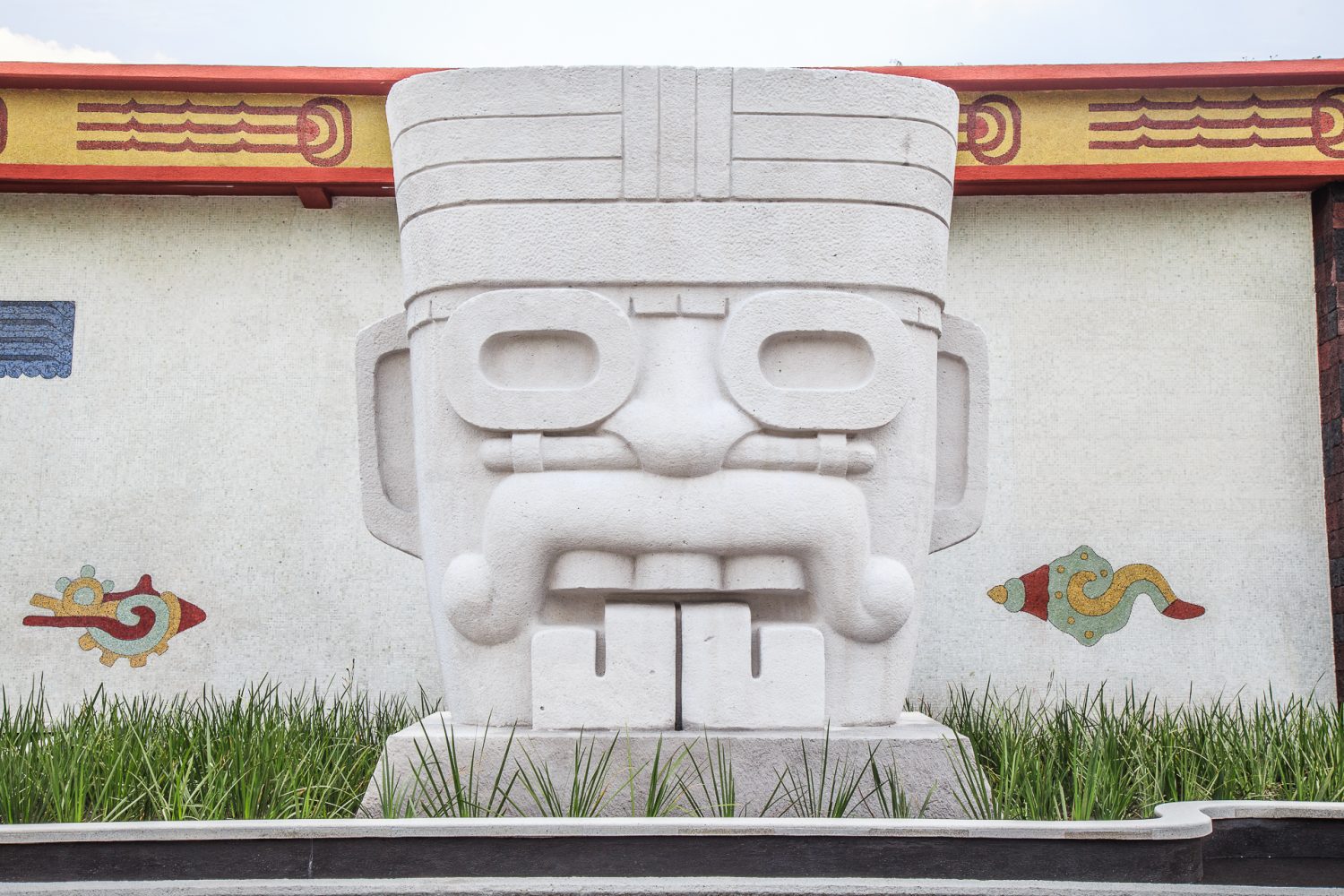
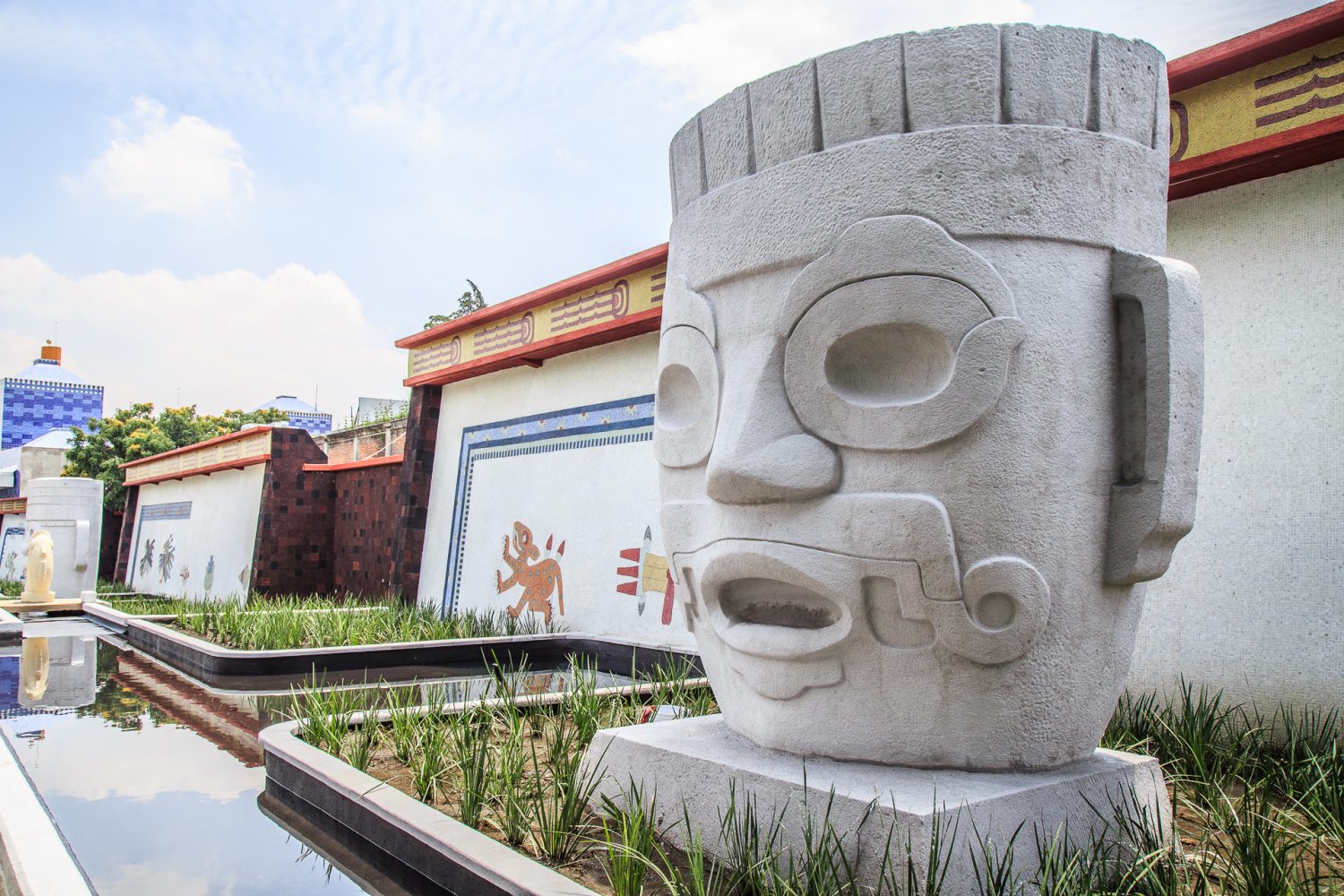
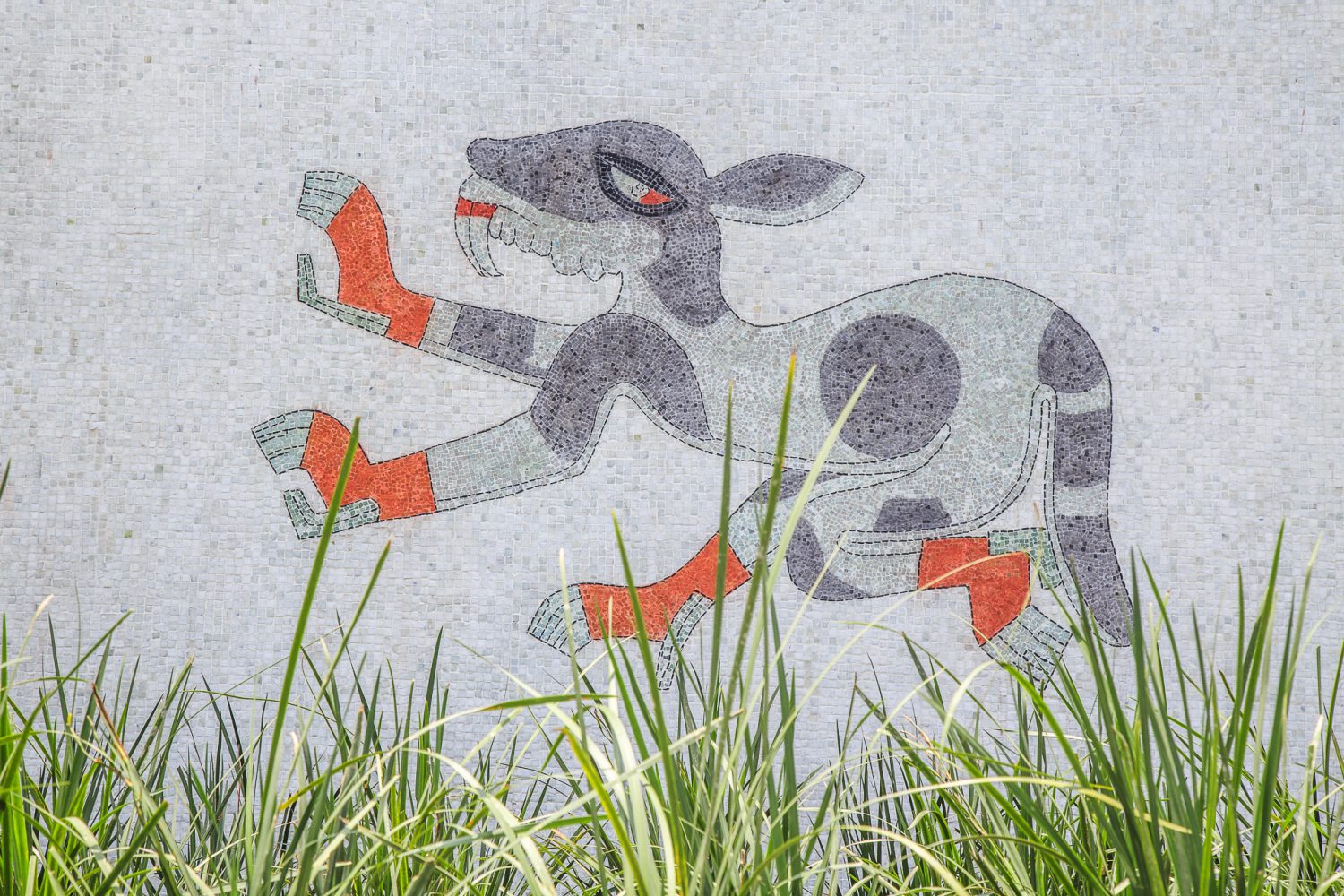

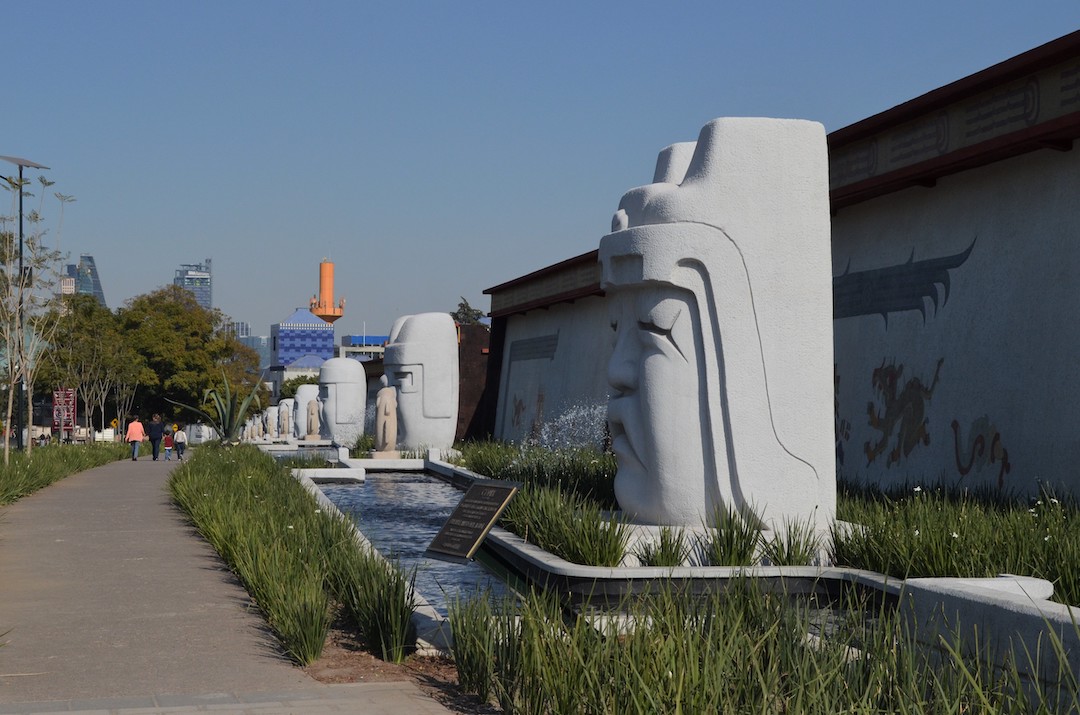
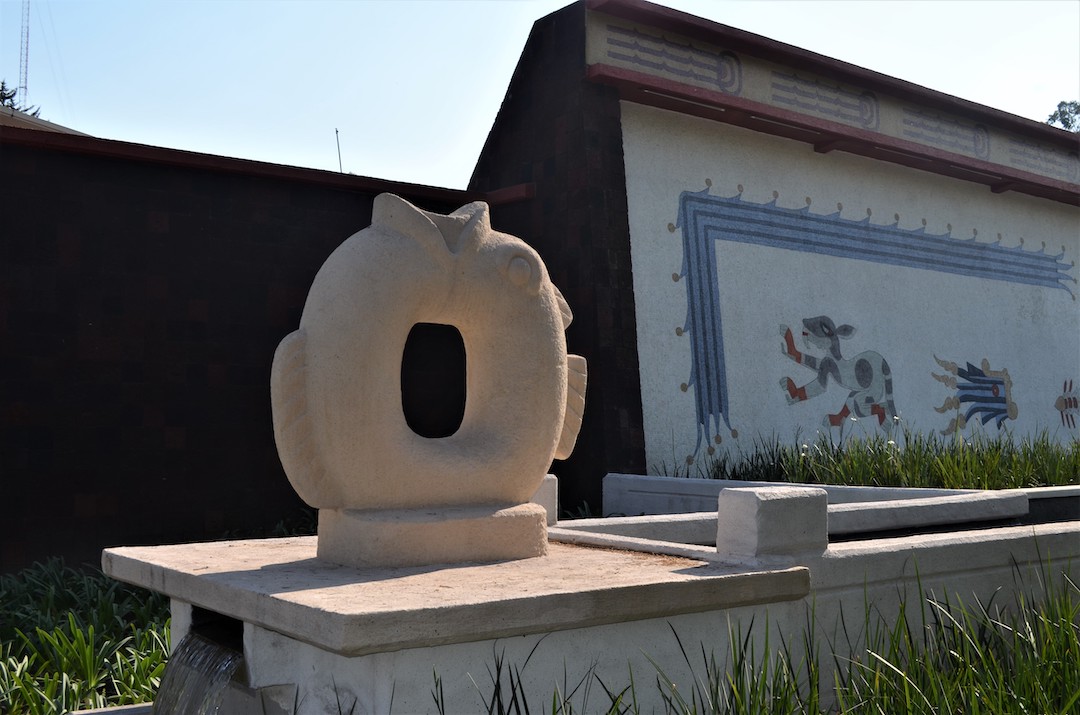

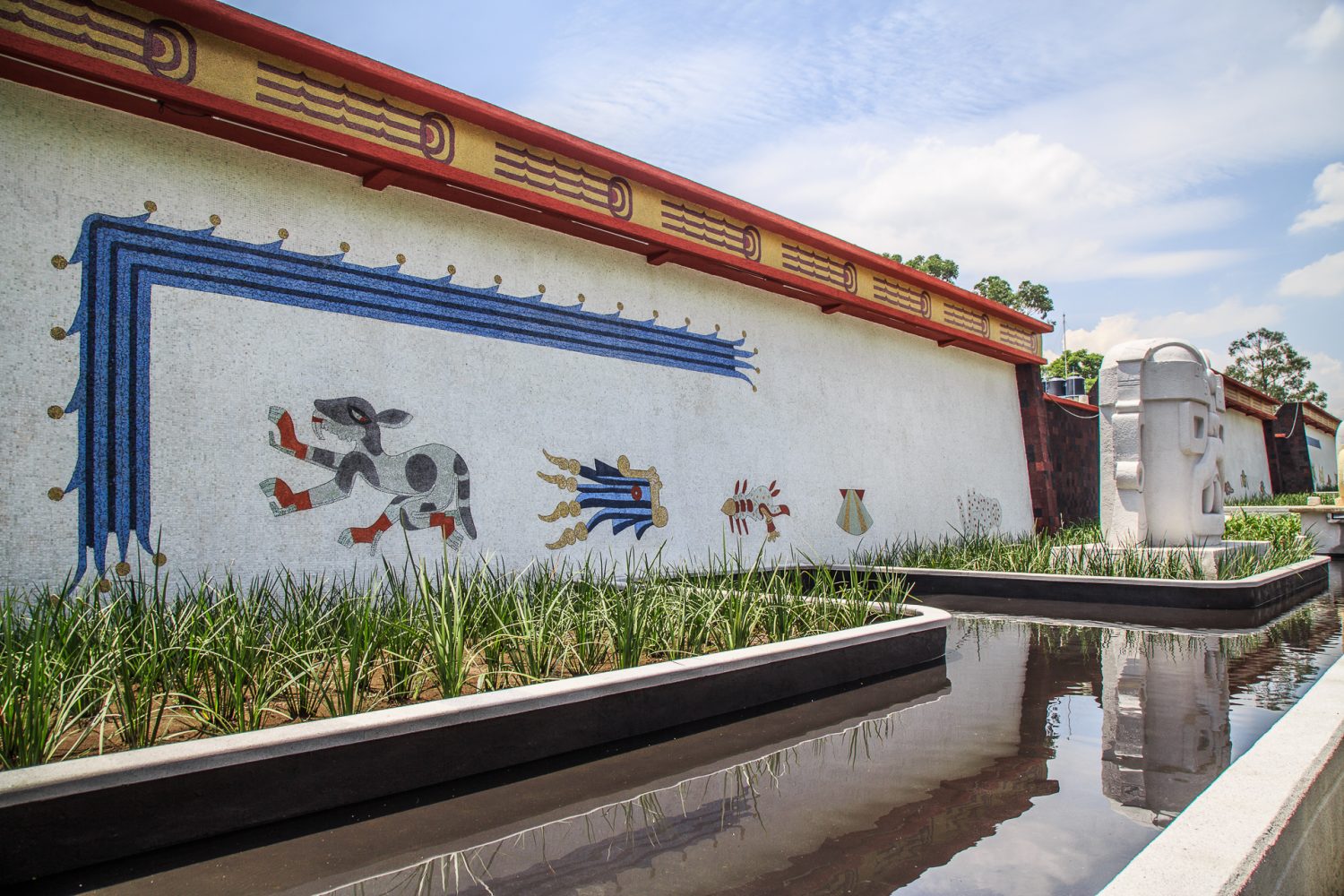
La Fuente Mito del Agua es una de las menos comprendidas y apreciadas de las muchas fuentes del Bosque de Chapultepec. Con sus 295 metros de longitud, a menudo se confunde con la fachada ornamentada de un edificio. Podría ser una parte más del sistema hidráulico de Ciudad de México, como el Museo del Cárcamo, justo enfrente.
En realidad, la fuente de 1964 es una serie de diez subfuentes, o albercas, conectadas por una corriente de agua corriente. El diseño fue obra del ingeniero Emilio Lavín Revilla. Trabajó bajo la dirección de Leónides Guadarrama, quien había diseñado el plan maestro para la Segunda Sección de Chapultepec en los años anteriores. Guardarrama también diseñó la mayor parte del Museo de Historia Natural original y la fuente Guardianes del Futuro, al otro lado de la Segunda Sección de Chapultepec.
Guardarrama encargó al escultor Alberto Pérez Soria las diez cabezas escultóricas de mamut que ocupan los espacios entre los estanques. Éstas se basaron en los diagramas realizados en 1942 por el artista Miguel Covarrubias (1904-1957), quien había ilustrado la genealogía de un dios del agua de la renombrada cultura olmeca.
Pérez Soria también incluyó al Sacerdote de Atlihuayán entre las cabezas escultóricas. Esa obra, descubierta sólo en 1948, desató acalorados debates sobre su iconografía y significado. Todas las esculturas tuvieron que ser reinterpretadas, ya que sus tamaños reales no formaban parte de los diagramas de Covarrubias. En realidad, los originales eran figurillas y no gigantescos monolitos. Cada una de las esculturas mide entre 2.90 y 3.20 metros.
Pérez Soria también colocó jarrones de hormigón, diez en total, entre cada cabeza. De los jarrones, reinterpretaciones modernas de uno encontrado en Tlatilco entre los siglos VII y XII a.C., salen chorros verticales de agua. La fuente también incluye nueve esculturas de peces y unos 50 glifos pintados a lo largo de la pared posterior.
Sigue siendo un importante testimonio de su época, cuando el interés por el pasado antiguo alcanzó su punto álgido y se utilizó para apuntalar el apoyo a un gobierno que aún se estabilizaba tras la Revolución concluida unos 45 años antes. Es probablemente uno de los mejores ejemplos del diseño neoindigenista iniciado en pleno Porfiriato. Se puede ver aquí una correlación directa con el Pabellón de México en París de 1889, cuyas placas de bronce adornan hoy el Jardín de la Triple Alianza.
El extremo noreste de la fuente colinda con los terrenos del Papalote Museo del Niño. Restaurada en 2016, hoy la fuente ofrece un fantástico telón de fondo a los jardines más amplios de este rincón de Chapultepec.

Cercano a 0.17 kms.
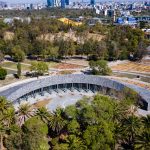
Cercano a 0.18 kms.
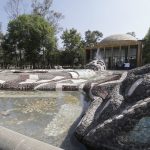
Cercano a 0.30 kms.
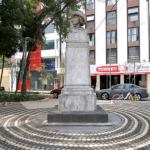
Two historic public spaces in Mexico City's Roma Norte . . .
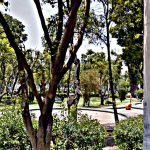
A charming neighborhood park in Tlalpan . . .
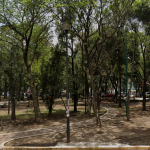
Un notable parque del barrio de época de los años sesenta . . .

A park that comes alive with colorful animals in Tláhuac . . .
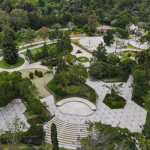
Chapultepec Section 3's only real pedestrian access point . . .